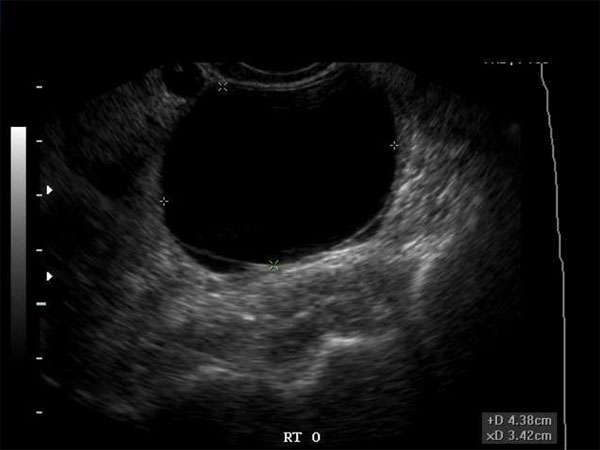The Unsung Heroes: How Sonographers are Revolutionizing Medical Imaging
Introduction
Sonographers, also known as ultrasound technicians, play a crucial role in the field of medical imaging. They work alongside doctors, radiologists, OB/GYNs, emergency medicine physicians, family practice physicians, internal medicine physicians, nurse practitioners, and physician assistants to provide accurate and detailed images of the body’s internal structures.
The Role of Sonographers
Sonographers are highly skilled professionals who use ultrasound technology to capture images and videos of various body parts. These images are then interpreted by doctors to diagnose medical conditions, monitor pregnancies, and guide surgical procedures.
With advancements in ultrasound technology, sonographers can now produce high-resolution images that provide valuable insights into a patient’s health. They are trained to use different techniques and equipment for different types of examinations, ensuring that the images obtained are of the highest quality.
Revolutionizing Medical Imaging
Sonographers are revolutionizing medical imaging by providing real-time, non-invasive, and radiation-free diagnostic tools. Ultrasound imaging has become an essential part of medical practice due to its versatility and safety. It can be used to examine various body systems, including the abdomen, pelvis, heart, blood vessels, and musculoskeletal system.
By working collaboratively with doctors and other healthcare professionals, sonographers contribute to accurate diagnoses, improved patient outcomes, and reduced healthcare costs. Their expertise in capturing detailed images helps in identifying abnormalities, monitoring disease progression, and guiding treatment plans.
Continuing Medical Education (CME) for Sonographers
Continuing Medical Education (CME) plays a vital role in the professional development of sonographers. As medical imaging technology continues to evolve, it is crucial for sonographers to stay updated with the latest advancements and best practices in their field.
CME programs for sonographers focus on topics such as new imaging techniques, equipment operation, patient care, and safety protocols. These educational opportunities allow sonographers to enhance their skills, expand their knowledge base, and ensure they provide the highest quality of care to their patients.
The Importance of CME for Sonographers
Continuous learning through CME helps sonographers maintain their professional competence and adapt to changing healthcare needs. It enables them to stay abreast of emerging technologies, new diagnostic criteria, and evidence-based practices.
By investing in CME, sonographers demonstrate their commitment to providing the best possible care to their patients. CME also serves as a platform for networking and collaboration with other healthcare professionals, fostering a multidisciplinary approach to patient care.
Conclusion
Sonographers are the unsung heroes of medical imaging, playing a crucial role in revolutionizing healthcare through their expertise in ultrasound technology. Their collaboration with doctors and other healthcare professionals, combined with their commitment to continuing education, ensures that patients receive accurate diagnoses and effective treatment plans.
As the field of medical imaging continues to advance, the importance of sonographers and their contribution to patient care cannot be overstated. Their dedication to continuous learning through CME is a testament to their commitment to excellence in their profession.






